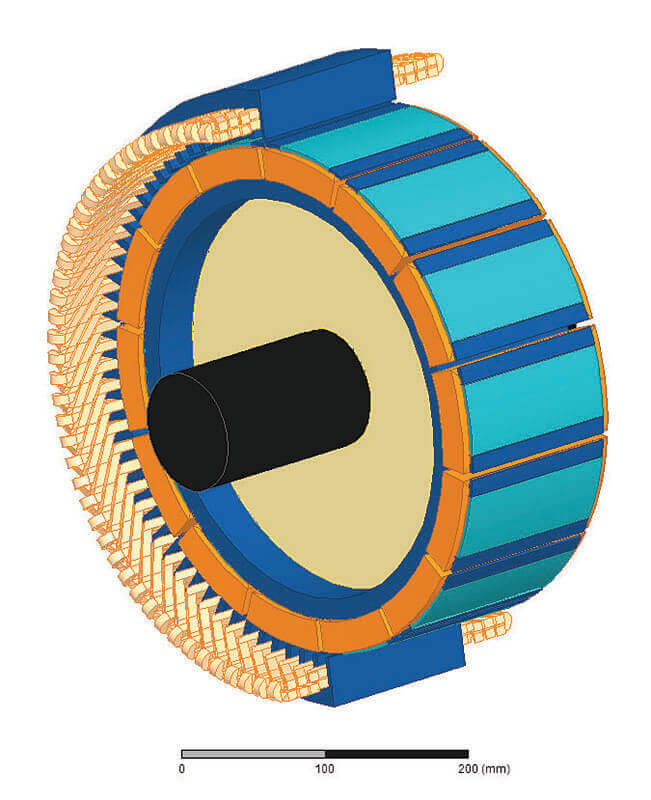 Purdue University researchers have come up with a way to reduce the size and increase the efficiency of some electric generators, which are used in automobiles, aircraft and microgrids. (Stock photo)
Purdue University researchers have come up with a way to reduce the size and increase the efficiency of some electric generators, which are used in automobiles, aircraft and microgrids. (Stock photo) WEST LAFAYETTE, Ind. – Electric generators have a plethora of uses – ranging from automotive to aircraft to microgrids. There is currently a strong desire to reduce the size and increase the efficiency of the devices.
Researchers at Purdue University have come up with an effective way to reduce the size and increase the efficiency of the moderate- to low-power electric generators used in those applications.
A wound rotor synchronous machine contains a field winding – a group of insulated current-carrying coils – on the rotor used to create a rotating magnetic field and regulate the output voltage. Associated with this winding are losses, which generate heat that must be removed from the spinning rotor. Permanent magnets can also be used to generate the magnetic field with much less loss and heat generation, but this approach does not facilitate output voltage regulation.
 Purdue University researchers developed a parallel inner-magnet device to reduce the size and increase the efficiency of the moderate- to low-power electric generators. (Image provided)
Purdue University researchers developed a parallel inner-magnet device to reduce the size and increase the efficiency of the moderate- to low-power electric generators. (Image provided) "The Purdue parallel inner-magnet device is a hybrid solution that creates some of the field with a permanent magnet and some of the field with a field winding," said Scott Sudhoff, the Michael and Katherine Birck Professor of Electrical and Computer Engineering in Purdue's College of Engineering, whose research focuses on power electronics and electromechanical devices. "This allows for regulation, but with lower losses than a conventional machine."
Omar Laldin, a former Ph.D. student of Sudhoff, helped lead the Purdue team that created the inner-magnet device. Sudhoff said the device could be used in a variety of AC and DC (with a rectifier) generator applications. Key issues include the questions of the best machine structure in terms of merging the two field sources, electromagnetic damping and fault performance. The team has validated the design code through finite element analysis based testing.
The team has worked with the Purdue Research Foundation Office of Technology Commercialization to patent the technology and is looking for commercialization partners. Sudhoff also has worked with the same office on other technologies.
The work aligns with Purdue's Giant Leaps celebration of the university's global advancements made in sustainability as part of Purdue's 150th anniversary. It is one of the four themes of the yearlong celebration's Ideas Festival, designed to showcase Purdue as an intellectual center solving real-world issues.






